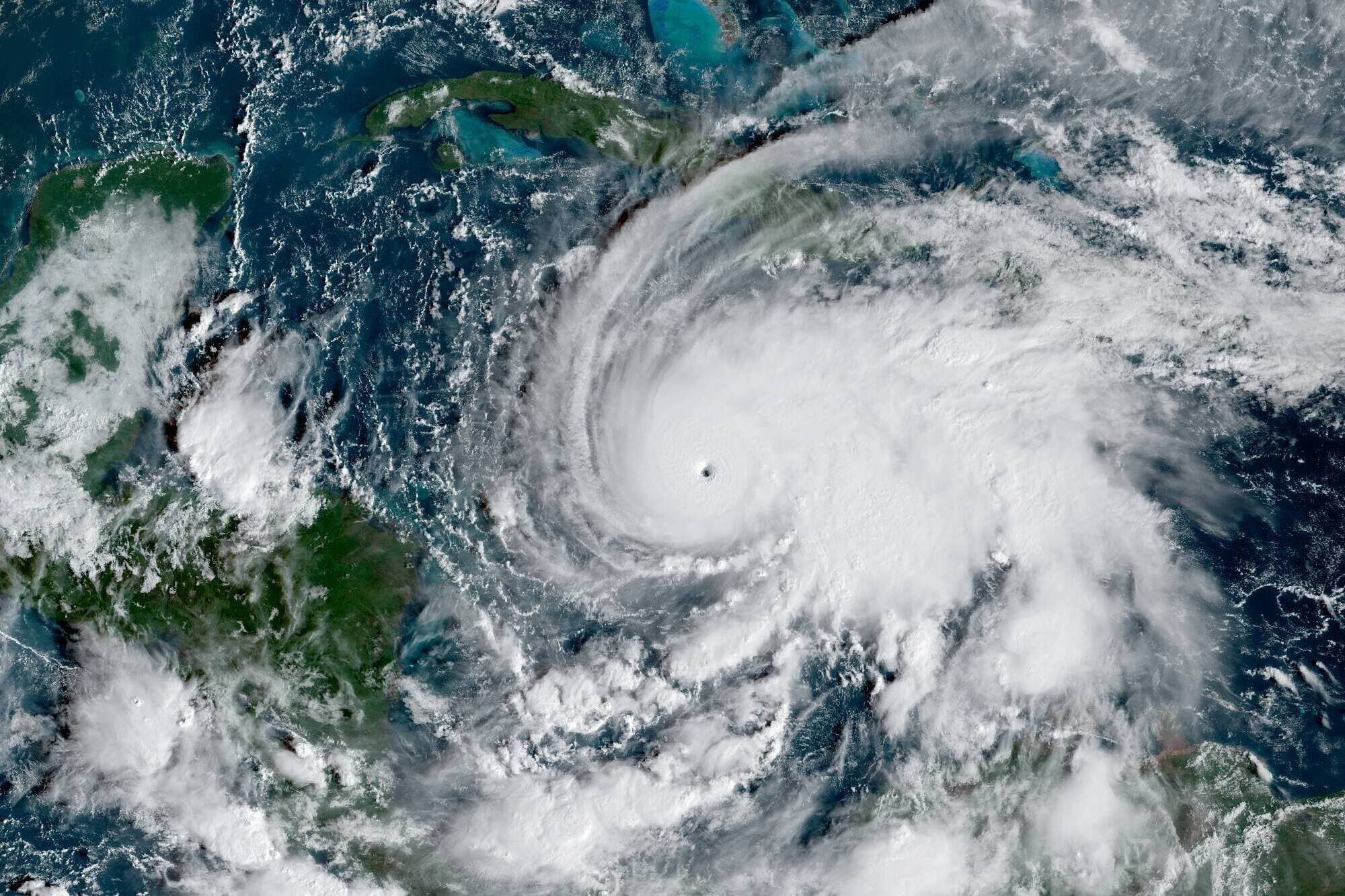We're loading the full news article for you. This includes the article content, images, author information, and related articles.
The Category 5 hurricane, with winds reaching 282km/h, is set to make landfall on Tuesday, prompting widespread evacuations and warnings of a humanitarian crisis. The storm has already been linked to seven deaths across the Caribbean.

Jamaica is bracing for what could be the most powerful storm in its recorded history as Hurricane Melissa, the world's strongest of 2025, prepares to make landfall early Tuesday, October 28. The U.S. National Hurricane Center (NHC) has issued dire warnings of "catastrophic and life-threatening" conditions, with the Category 5 storm packing maximum sustained winds of up to 175mph (282km/h).
The storm's slow pace, moving at just 3mph (6km/h), is expected to exacerbate its impact, prolonging exposure to destructive winds and torrential rainfall that could exceed 750mm (30 inches) in some areas, leading to devastating floods and landslides. As of its 11:00 PM EDT update on Monday (5:00 AM Tuesday, EAT), the NHC located the hurricane approximately 150 miles (240 km) southwest of Kingston, Jamaica.
The impending storm has already resulted in fatalities. On Monday evening, Jamaica's Minister of Health and Wellness, Christopher Tufton, confirmed three storm-related deaths as citizens prepared for the hurricane's arrival. Across the Caribbean, the storm has been blamed for at least seven deaths in total, including three in Haiti and one in the Dominican Republic. In the Dominican Republic, Melissa has damaged over 750 homes and displaced more than 3,760 people.
Meteorologists have warned that Melissa could be the strongest hurricane to strike Jamaica since record-keeping began in 1851, surpassing Hurricane Gilbert, which devastated the island in 1988. The Jamaican government has ordered mandatory evacuations for several low-lying and flood-prone communities, including parts of the capital, Kingston. Prime Minister Andrew Holness has urged citizens to take the threat seriously and has activated 881 emergency shelters nationwide. Both of the country's international airports were closed in anticipation of the storm.
In a national address on Sunday, October 26, Prime Minister Holness outlined a multi-layered disaster response strategy, activating the National Natural Disaster Risk Fund and mobilizing various government agencies to ensure a rapid post-storm recovery. The Jamaica Defence Force (JDF) has also called up its National Reserve to assist with relief operations, search and rescue, and security.
The hurricane's path is projected to take it over southeastern Cuba on Tuesday night and across the southeastern Bahamas on Wednesday. Hurricane warnings are in effect for Jamaica and several Cuban provinces, while tropical storm warnings have been issued for Haiti. The U.S. State Department has issued travel alerts for Cuba, Jamaica, Haiti, and the Bahamas, advising American citizens to consider leaving or preparing to shelter in place.
Experts attribute the storm's rapid intensification to unusually warm sea surface temperatures in the Caribbean, a phenomenon increasingly linked to climate change. Melissa is one of the most intense hurricanes ever recorded in the Atlantic Ocean. The storm's slow movement and immense power have raised concerns of a potential humanitarian crisis, with AccuWeather's chief meteorologist, Jonathan Porter, stating that international support will likely be necessary.
While there are no direct meteorological impacts expected for East Africa, the storm's devastation of a fellow developing nation serves as a stark reminder of the increasing vulnerability to extreme weather events globally. The economic fallout, particularly on Jamaica's tourism and agriculture sectors, could have wider implications for small island developing states heavily reliant on these industries.
Keep the conversation in one place—threads here stay linked to the story and in the forums.
Other hot threads
E-sports and Gaming Community in Kenya
Active 6 months ago
Popular Recreational Activities Across Counties
Active 6 months ago
The Role of Technology in Modern Agriculture (AgriTech)
Active 6 months ago
Investing in Youth Sports Development Programs
Active 6 months ago